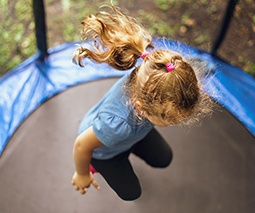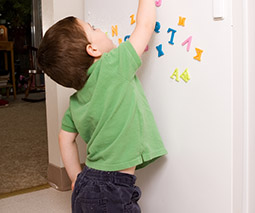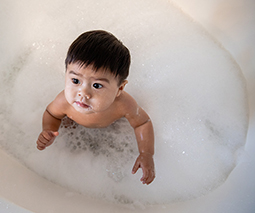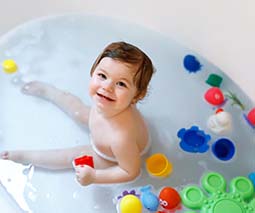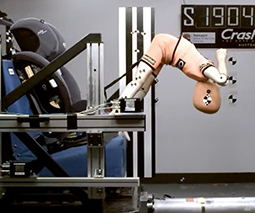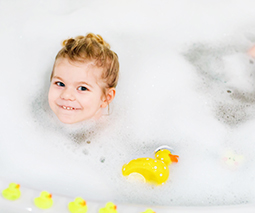Scary statistics reveal the age where the risk of a child drowning triples
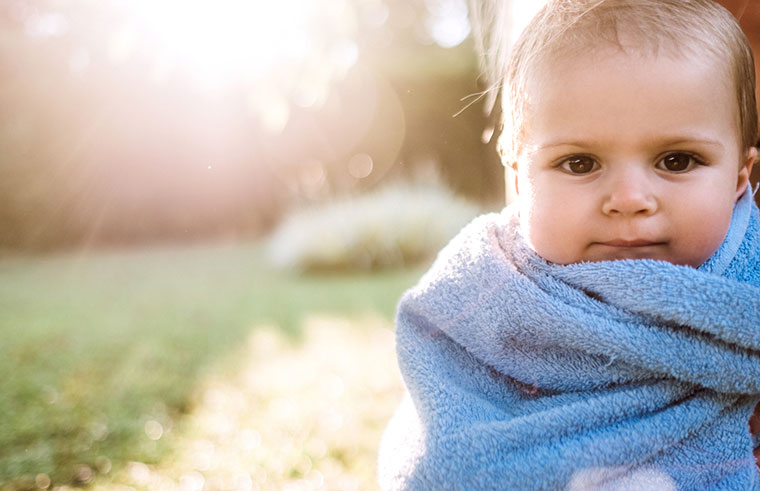
Summer is just around the corner, a time of sun and outdoor fun at your local beach or swimming pool. However, it’s also a time when we need to be vigilant when it comes to supervising our kids in and around water, particularly as they reach their first birthday.
Naturally care is needed at any age, but according to data published by the Royal Life Saving Society – Australia, 41 percent of drowning deaths among children under five in Australia occur in one-year-old toddlers.
Scary facts about turning one
Generally, kids start to walk somewhere around their first birthday, which is a great achievement but one that requires more parental attention in the summer months. Especially as drowning is the number one cause of death in one-year-old children, according to the Australian Bureau of Statistics. Research figures show that over the past 17 years, 496 children aged zero to four years drowned, and of these, 202 children were aged one – within the context of an entire lifespan, from 0 to 100 years, no other age is at greater risk of drowning.
“Parents and carers need to know that the risk of drowning triples as soon as a child starts to crawl, peaking shortly after a child’s first birthday,” says Justin Scarr, CEO at Royal Life Saving Society – Australia.
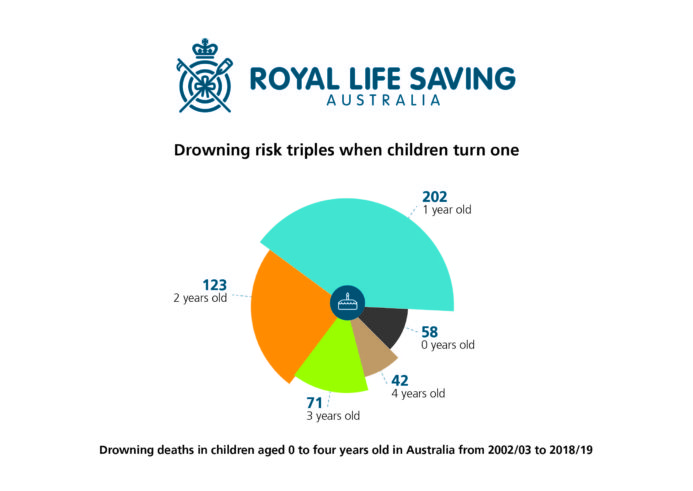
Pools offer a huge risk
Fifty-nine percent of deaths in one-year-old children occurred in backyard swimming pools. Forty-four percent happened during the summer months. The most common cause of drowning in this one-year age group was accidental falls into water, accounting for 88 percent of all deaths.
However, the one common factor in nearly all the deaths was lack of adult supervision.
“Drowning deaths in young children are wholly preventable,” says Julian. “Making the home pool environment safer for young children remains a key focus for Royal Life Saving. We can’t emphasise enough how important active adult supervision is in preventing these deaths.”
Julian also comments on how distractions are dangerous.
“Whether it is taking a phone call, browsing social media or ducking inside to grab something, we ask parents and carers always to Keep Watch,” he says. “In addition, it is essential that people install pool fences and check pool gates regularly to make sure they are not faulty or kept propped open.”
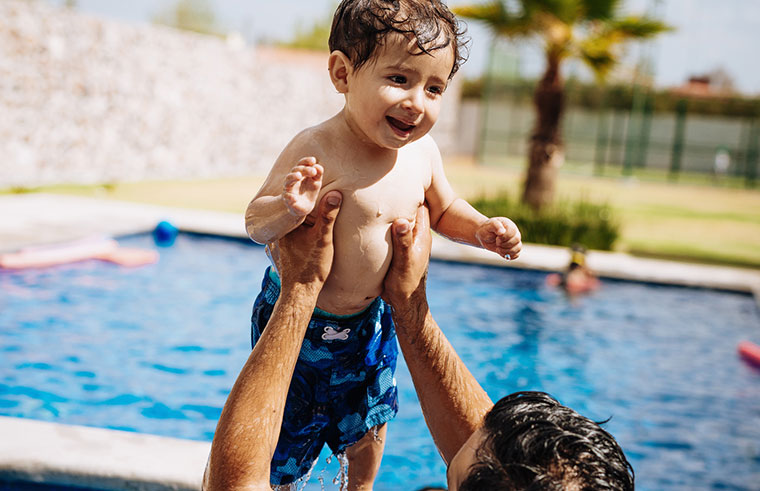
Remaining vigilant
Royal Life Saving Australia’s Keep Watch public awareness and education campaign has been running for 25 years and has made an enormous difference. Since 2002, drowning deaths in children aged under five have decreased by 55 percent, but this still remains one of the leading causes of accidental death in this age group.
“Royal Life Saving’s Keep Watch campaign has made significant inroads in helping to reduce drowning in young children over the past 25 years, but we know that by implementing simple safety measures and changing pool safety behaviours these numbers can be reduced further,” says Julian.
The Keep Watch campaign advises actively supervising children and also restricting their water access. Plus, they strongly recommend that you teach your children water safety skills, as well as take the time to learn how to resuscitate.
Drowning can happen in a flash, but a few simple preventative measures can be the difference between a fun family summer and unimaginable tragedy.
